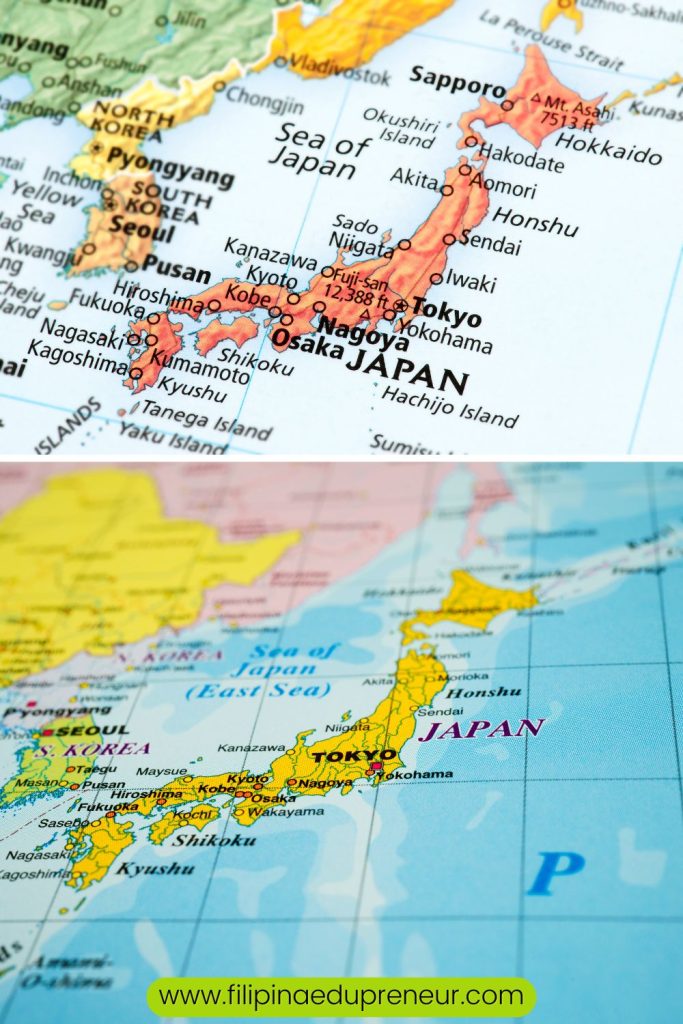On August 29, 2024, Typhoon Shanshan made landfall in the southern part of Japan, bringing with it devastating winds and heavy rainfall. The storm, classified as a strong typhoon, caused widespread damage across several prefectures, particularly in Kyushu. Evacuations were ordered in vulnerable areas as authorities prepared for potential flooding and landslides. Emergency response teams were deployed to assist affected residents, while power outages were reported in numerous locations. The Japanese Meteorological Agency monitored the storm closely, issuing warnings as Shanshan continued its path, highlighting the need for preparedness in the face of increasingly severe weather events.

What was the maximum wind speed of Typhoon Shanshan when it hit the southern part of Japan?
Typhoon Shanshan recorded maximum wind speeds of approximately 150 km/h (93 mph) when it made landfall in the southern part of Japan on August 29, 2024. These powerful winds contributed to significant damage and hazardous conditions in the affected areas. The highest level-five order was issued to millions of residents in the southern island of Kyushu as the storm approached on Thursday.
As for human casualties, 6 dead, 127 injured, and 1 missing as of tonight, August 31, 2024.
What were the impacts of Typhoon Shanshan on the southern Japanese regions?
Typhoon Shanshan had several significant impacts on the southern regions of Japan:
1. Widespread Damage: Strong winds and heavy rainfall caused extensive damage to infrastructure, including homes, roads, and power lines.
2. Flooding: Intense rainfall led to flash flooding in low-lying areas, prompting evacuations and emergency responses.
3. Landslides: The saturated ground conditions increased the risk of landslides, particularly in mountainous regions, affecting transportation and accessibility.
4. Power Outages: Millions experienced power outages as strong winds downed trees and power lines, disrupting electricity supply.
5. Transportation Disruptions: Flights and train services were canceled or delayed, impacting travel for residents and tourists.
6. Emergency Evacuations: Authorities issued evacuation orders for vulnerable communities, prioritizing public safety.
7. Agricultural Impact: The storm damaged crops and farmland, raising concerns about food supply and economic repercussions for local farmers.
8. Emergency Response: Local and national authorities mobilized emergency services to assist affected populations, providing shelters and relief supplies.
Overall, Typhoon Shanshan underscored the vulnerability of southern Japan to severe weather events and the importance of disaster preparedness.

How did the Japanese government and emergency services respond to the aftermath of Typhoon Shanshan?
In the aftermath of Typhoon Shanshan, the Japanese government and emergency services implemented a comprehensive response strategy, which included:
1. Emergency Declarations: The government declared a state of emergency in the hardest-hit areas, facilitating quicker mobilization of resources and assistance.
2. Evacuation Centers: Temporary shelters were established to accommodate displaced residents, providing food, water, and medical care.
3. Search and Rescue Operations: Emergency services conducted search and rescue missions to locate individuals trapped or stranded due to flooding and landslides.
4. Restoration of Services: Efforts were made to restore electricity, water supply, and transportation networks as quickly as possible, with utility companies working around the clock.
5. Damage Assessment: Local authorities began assessing the extent of the damage to infrastructure and homes, allowing for effective resource allocation for recovery efforts.
6. Financial Assistance: The government announced financial aid and support programs for affected individuals and businesses to help with recovery and rebuilding.
7. Public Communication: Authorities provided regular updates through media and social channels, keeping the public informed about safety measures, recovery efforts, and available resources.
8. Coordination with NGOs: The government collaborated with non-governmental organizations to facilitate relief efforts, ensuring that aid reached those in need.
9. Long-term Recovery Plans: Discussions began on long-term recovery and rebuilding strategies, focusing on improving infrastructure resilience against future typhoons.
This coordinated response aimed to mitigate the immediate impacts of the typhoon while laying the groundwork for long-term recovery and resilience.

How did the typhoon impact the region’s infrastructure, such as transportation and communication networks?
Typhoon Shanshan had significant impacts on the region’s infrastructure, particularly in transportation and communication networks:
1. Transportation Disruptions
Road Damage: Flooding and landslides caused severe damage to roads, making many impassable and isolating communities.
Rail Service Interruptions: Train services were suspended or delayed due to track damage and flooding, affecting both passenger and freight transportation.
Airport Closures: Airports in the affected areas experienced flight cancellations and delays, disrupting travel plans for residents and tourists.
2. Communication Network Disruptions
Power Outages: Widespread power outages affected cell towers and communication infrastructure, leading to reduced mobile and internet connectivity.
Damage to Infrastructure: Physical damage to communication lines and equipment hindered effective communication between emergency services and affected communities.
3. Emergency Response Challenges
The damage to transportation and communication networks complicated emergency response efforts, making it difficult for rescue teams to reach those in need and for authorities to coordinate relief efforts.
4. Long-term Recovery Needs
The destruction of infrastructure necessitated significant repairs and rebuilding efforts, requiring time and resources to restore full functionality.
Overall, the typhoon severely strained the region’s infrastructure, highlighting vulnerabilities and the need for improved resilience against future natural disasters.

Where can I find the most up-to-date information on the current status and track of Typhoon Shanshan?
You can find the most up-to-date information on Typhoon Shanshan from the following sources:
1. National Weather Service (NWS): Provides alerts and forecasts.
2. Japan Meteorological Agency (JMA): Offers detailed tracking and updates specific to typhoons in the region.
3. The Weather Channel: Features real-time updates and forecasts.
4. AccuWeather: Provides tracking maps and storm updates.
5. Social Media: Follow meteorologists and weather agencies on platforms like Twitter for real-time updates.
Always check multiple sources for the most accurate and timely information.



